Animated films mesmerize viewers with their creative storytelling and visual splendor, crafted through a blend of art and technology. This article explores the evolution and intricacies of animation, from traditional hand-drawn techniques to advanced digital methods. We’ll delve into the behind-the-scenes processes that shape these captivating cinematic experiences, revealing the incredible facts about the creation of beloved animated films.
First Full-Length Animated Feature
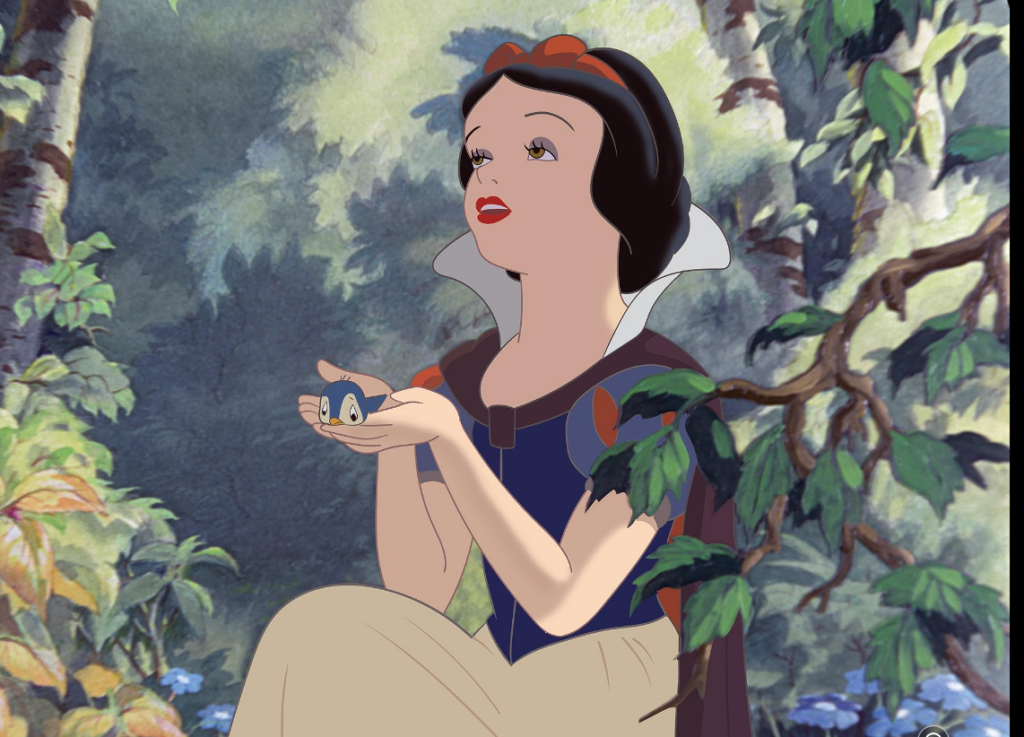
“Snow White and the Seven Dwarfs” (1937) was the first full-length animated feature film. This groundbreaking Disney movie required the creation of over 250,000 individual drawings and took about three years to complete, showcasing the extensive labor and artistry involved in early animation.
Multiplane Camera Technology
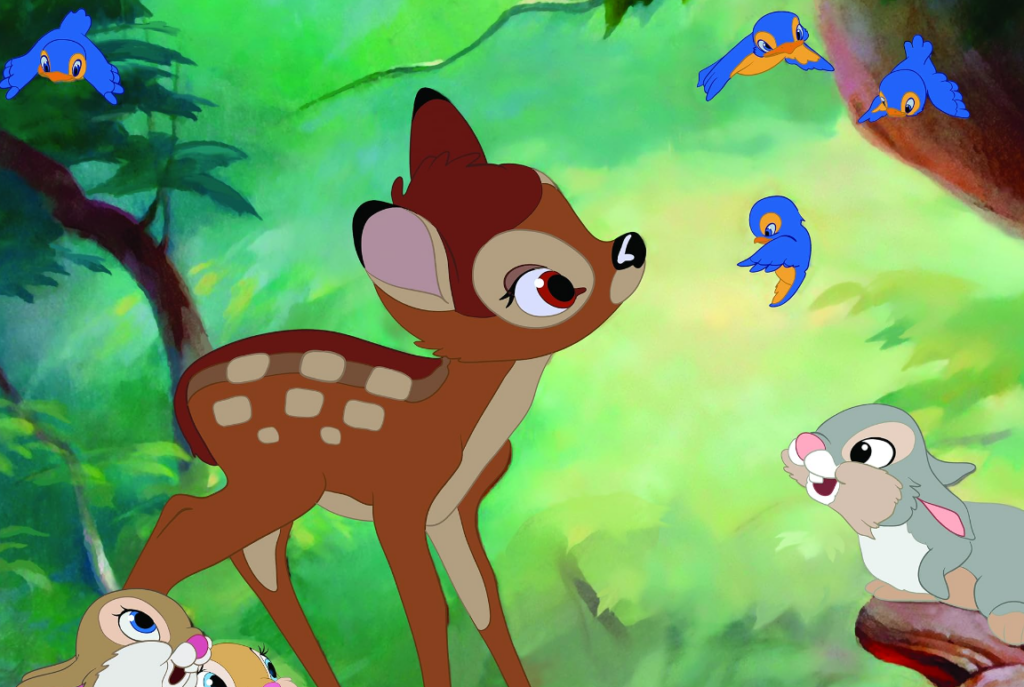
Disney’s “Bambi” (1942) used the multiplane camera technique, allowing animators to create a depth perception by moving various layers of artwork at different speeds. This innovation brought a new level of realism to animated films.
Introduction of Technicolor
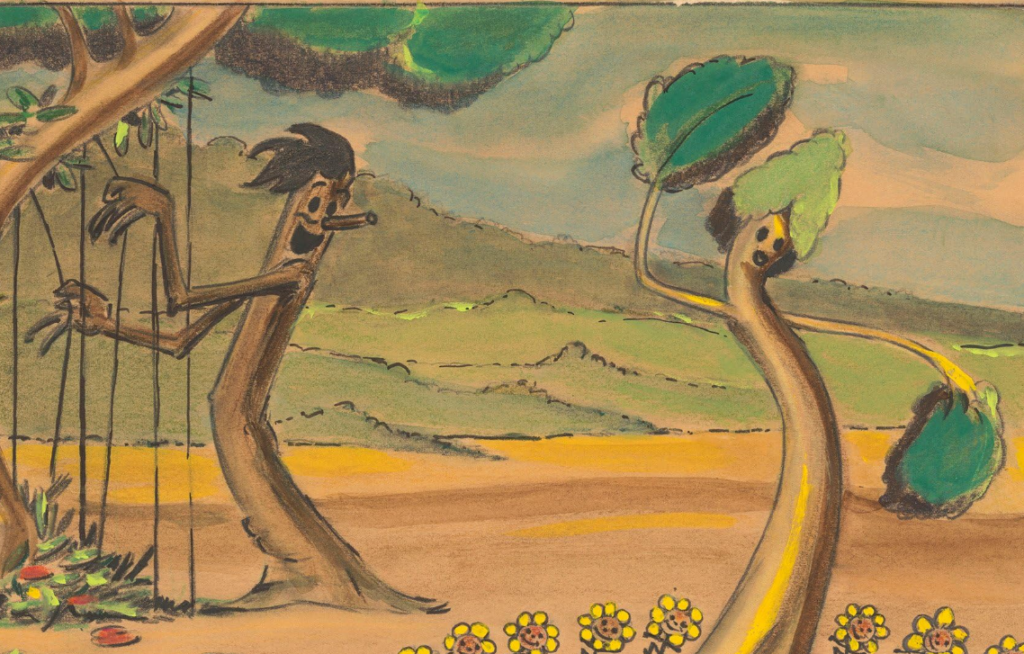
Disney’s “Flowers and Trees” (1932) was the first animated film to use three-strip Technicolor, revolutionizing the industry by introducing vibrant, multi-colored animations, compared to the previously monochromatic ones.
First Computer-Generated Imagery (CGI) in Film

“Westworld” (1973) was the first feature film to use 2D computer-generated imagery. Although not an animated film, its use of CGI was a significant milestone for both animation and cinematic technology.
First Fully CGI Feature Film
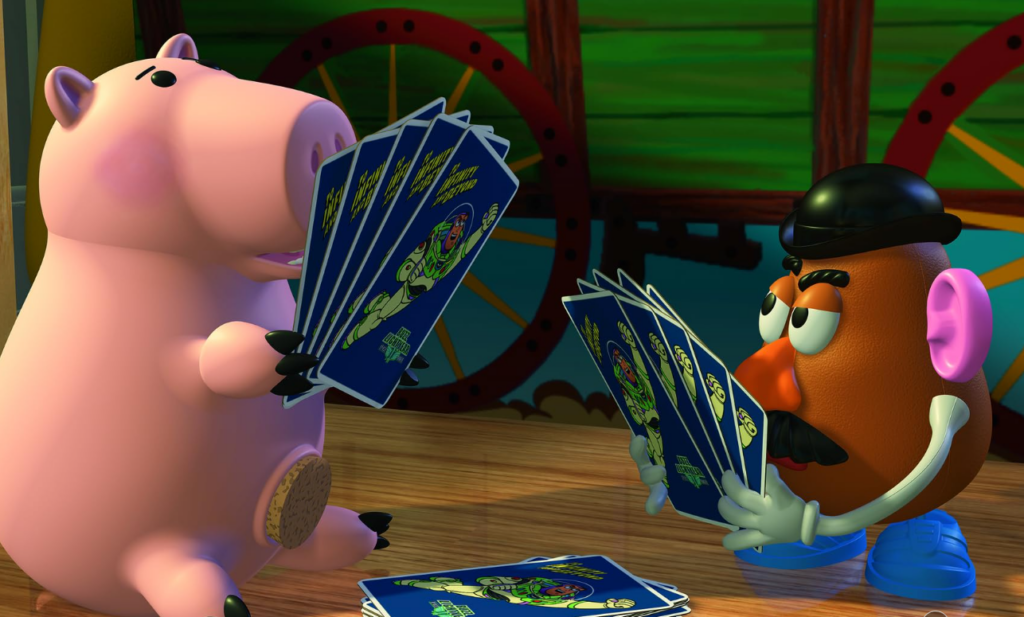
Pixar’s “Toy Story” (1995) was the first feature-length film made entirely with CGI, marking a major shift in animated filmmaking and establishing CGI as a dominant technique in the industry.
Expensive Production Costs
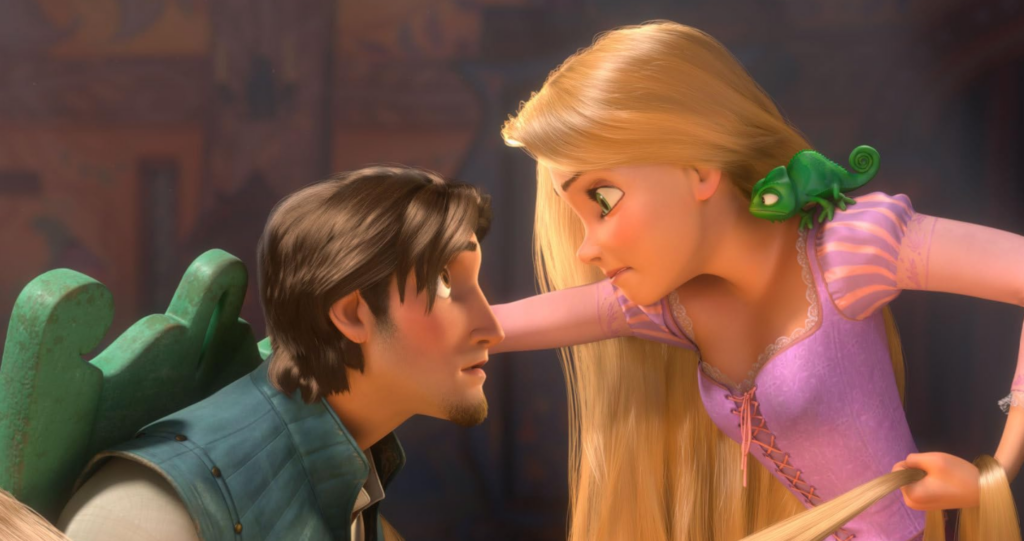
Disney’s “Tangled” (2010) is one of the most expensive animated films ever made, with a budget of approximately $260 million. The high cost was due to its lengthy development process and the advanced animation techniques employed.
Voice Acting by Famous Actors
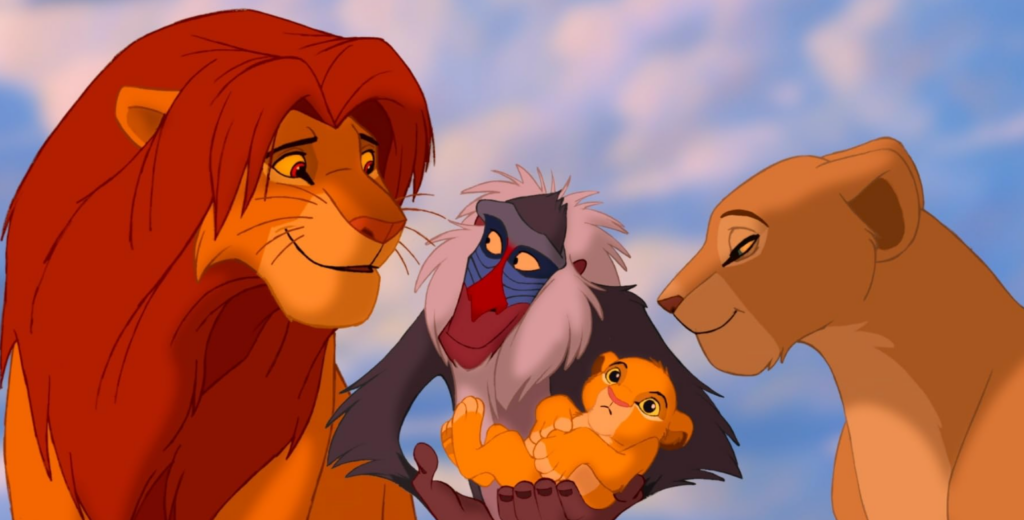
Animated films often feature voiceovers by prominent actors. For instance, “The Lion King” (1994) included voices of stars like James Earl Jones and Matthew Broderick, adding significant appeal and marketing value to the film.
International Success of Anime
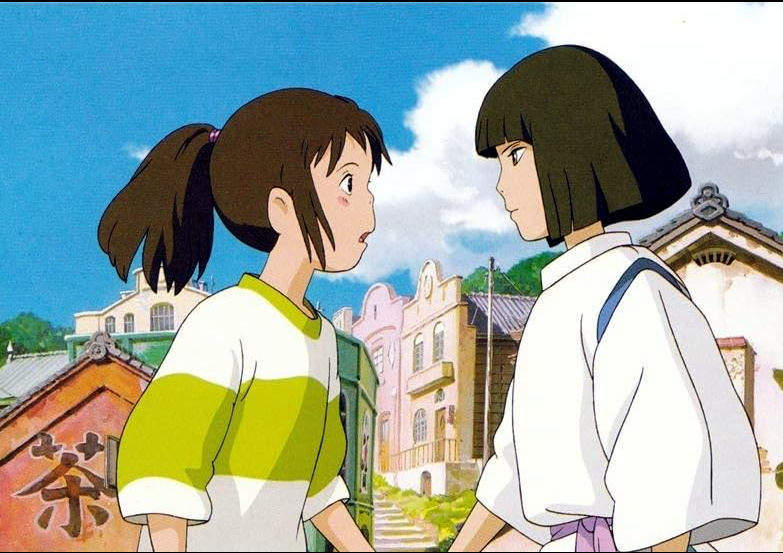
Japanese animated films, or anime, have gained international acclaim, with Studio Ghibli’s “Spirited Away” (2001) winning an Academy Award for Best Animated Feature, highlighting the global impact and artistic merit of anime.
Stop Motion Animation
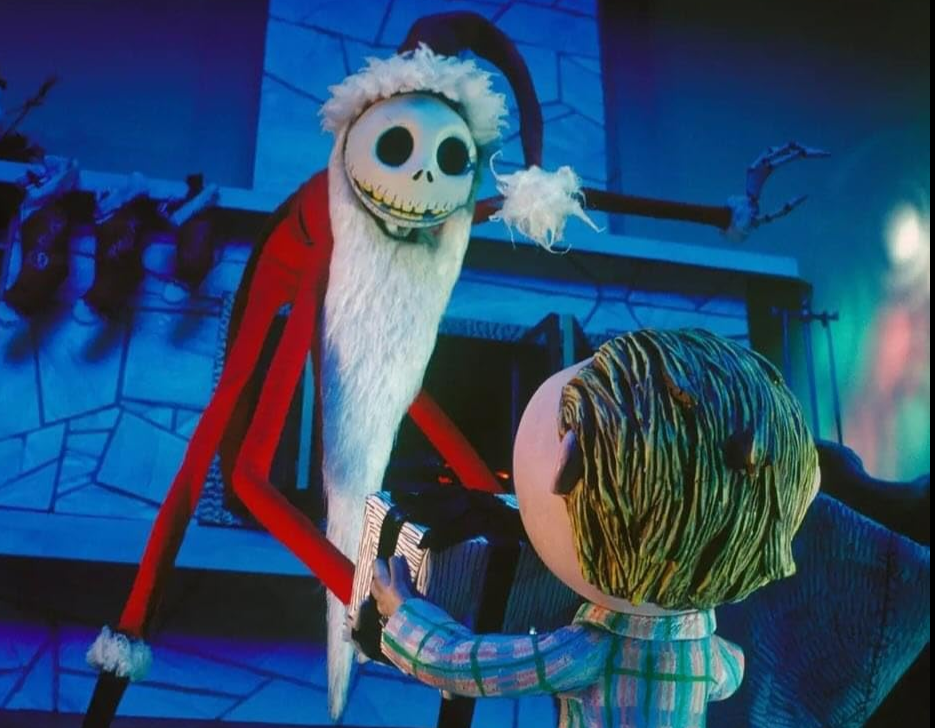
Films like “The Nightmare Before Christmas” (1993) used stop motion animation, a painstaking process where each frame is captured one at a time with physical objects that are moved slightly between shots, creating the illusion of movement.
Integration of Live-Action and Animation
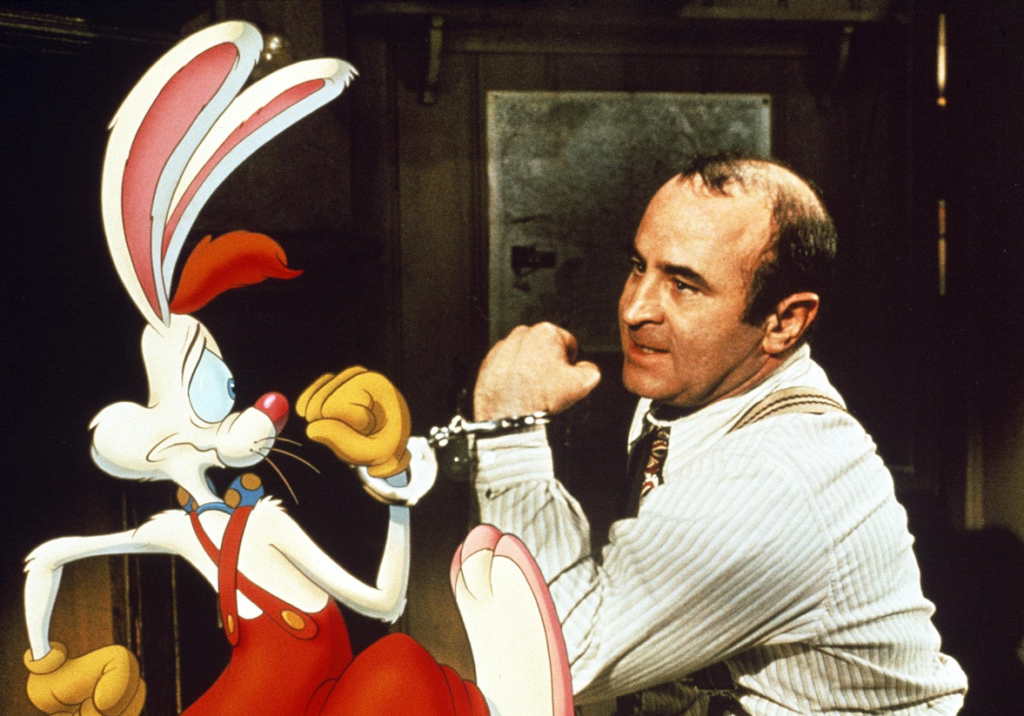
“Who Framed Roger Rabbit” (1988) seamlessly integrated animated characters with live-action settings and actors, a groundbreaking achievement in blending two different worlds on screen.
Rapid Evolution of CGI
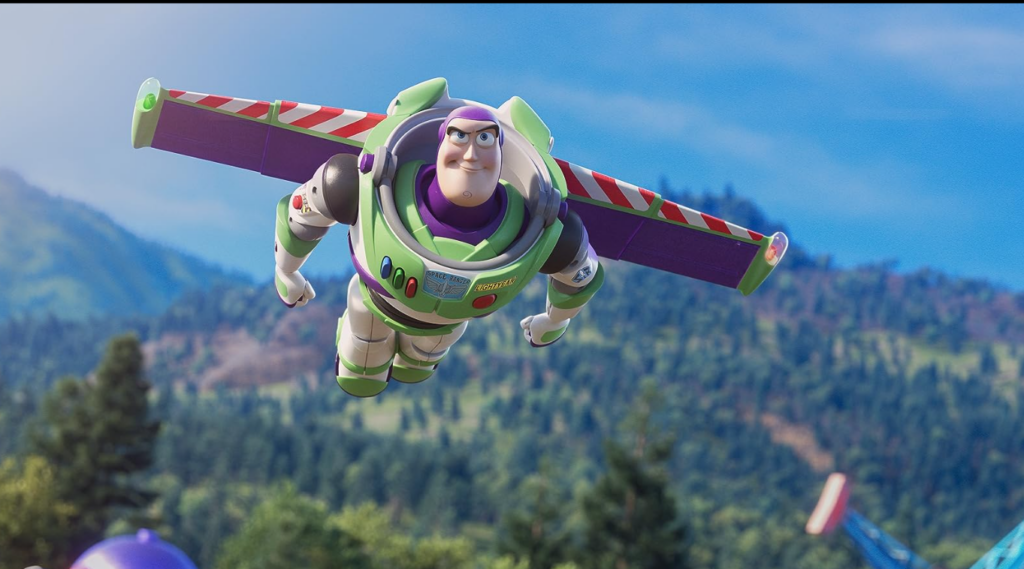
The progression from “Toy Story” (1995) to “Toy Story 4” (2019) showcases the rapid evolution of CGI technology, with significant improvements in texture, lighting, and character detail.
Environmental Messaging
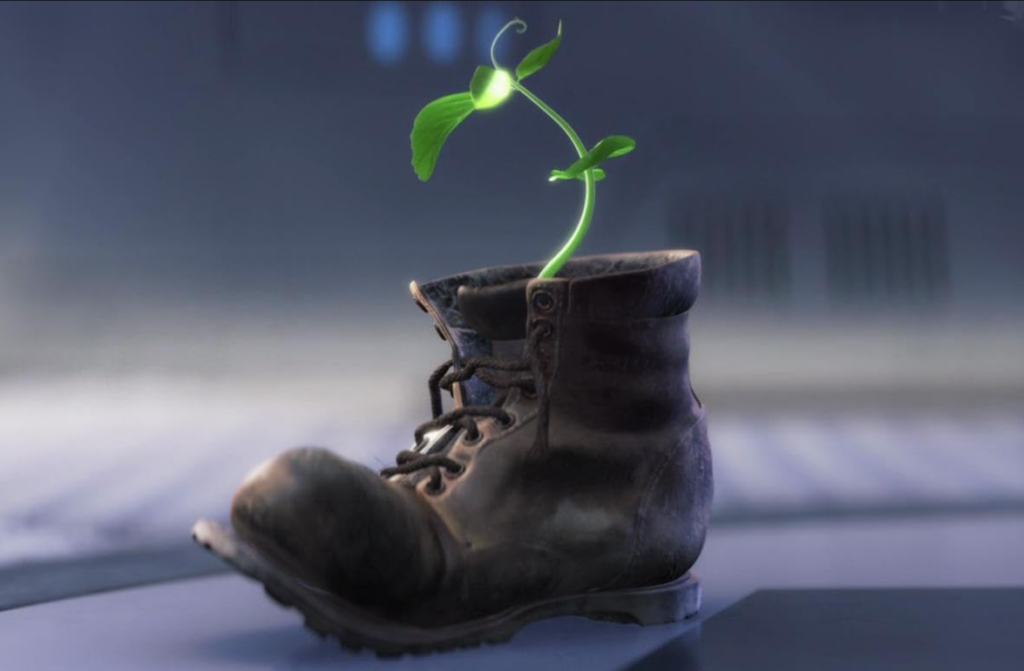
Films like “Wall-E” (2008) are praised for their ability to weave significant environmental messages into their narrative, demonstrating animation’s power to address serious topics in an engaging manner.
Cultural Representation
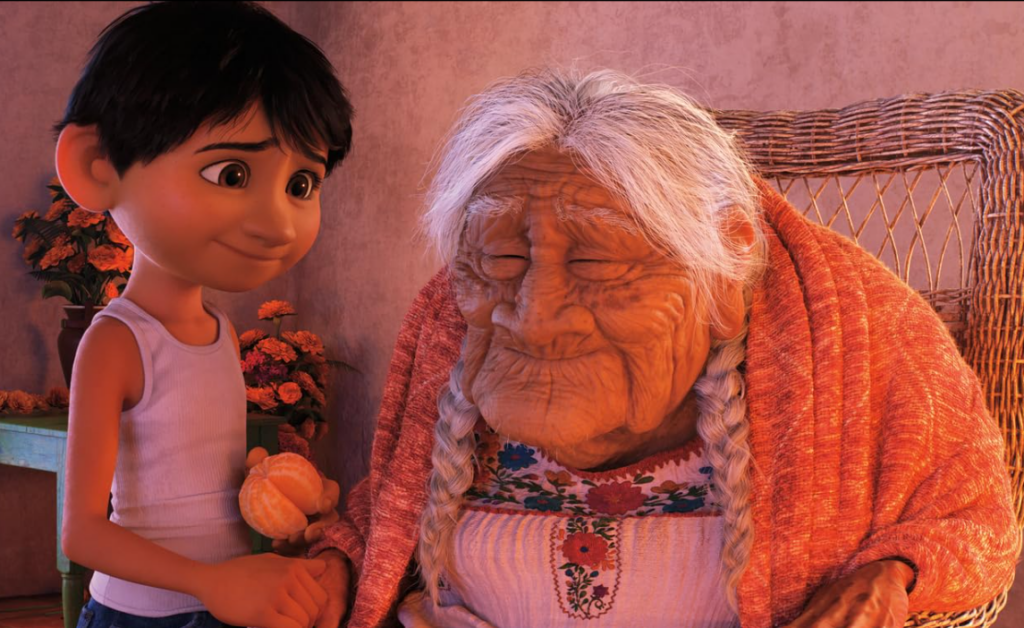
“Coco” (2017) is celebrated for its authentic representation of Mexican culture, highlighting the importance of cultural accuracy and respect in animation.
Music in Animation
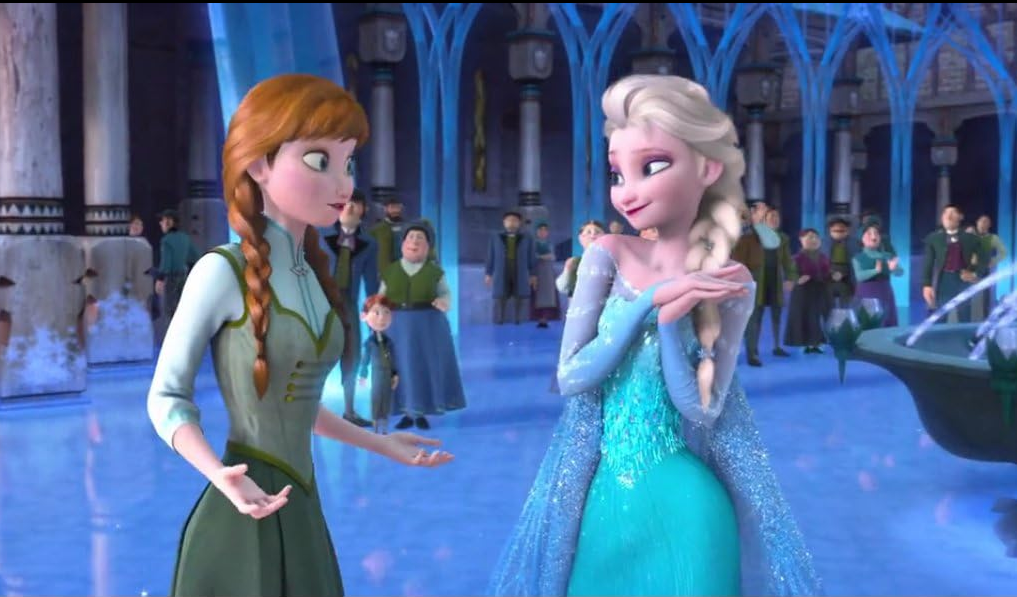
Many animated films, like “Frozen” (2013), have become famous for their soundtracks. The music plays a crucial role in storytelling and character development, with songs like “Let It Go” becoming cultural phenomena.
Revival of 2D Animation
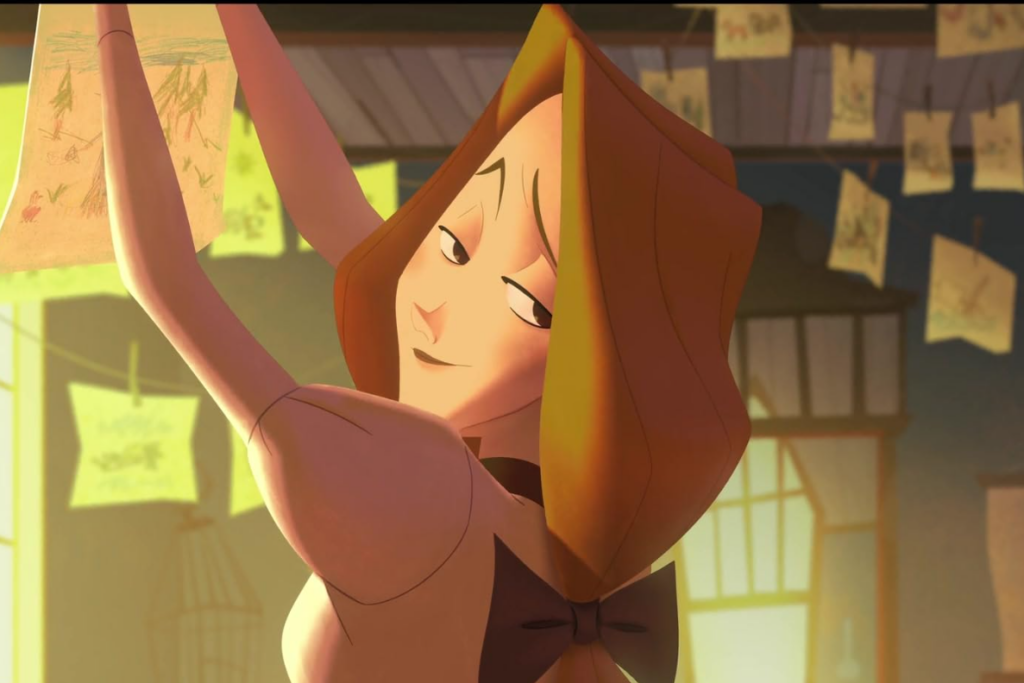
Despite the dominance of CGI, there has been a resurgence of interest in traditional 2D animation, with films like “Klaus” (2019) using innovative techniques to modernize the art form.
Animated Documentaries
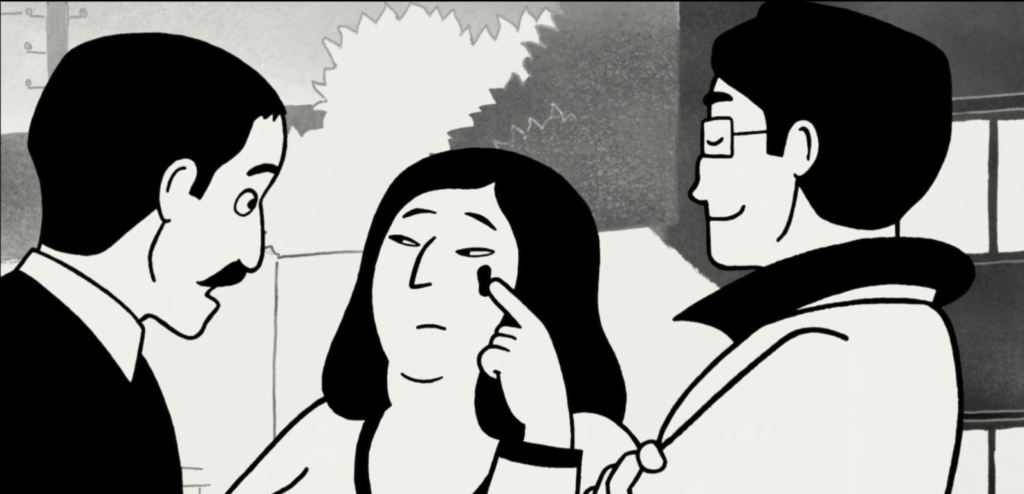
“Persepolis” (2007) is an example of an animated documentary, showcasing how animation can be used to tell real-life stories with emotional depth and visual creativity.
Short Films and Innovations
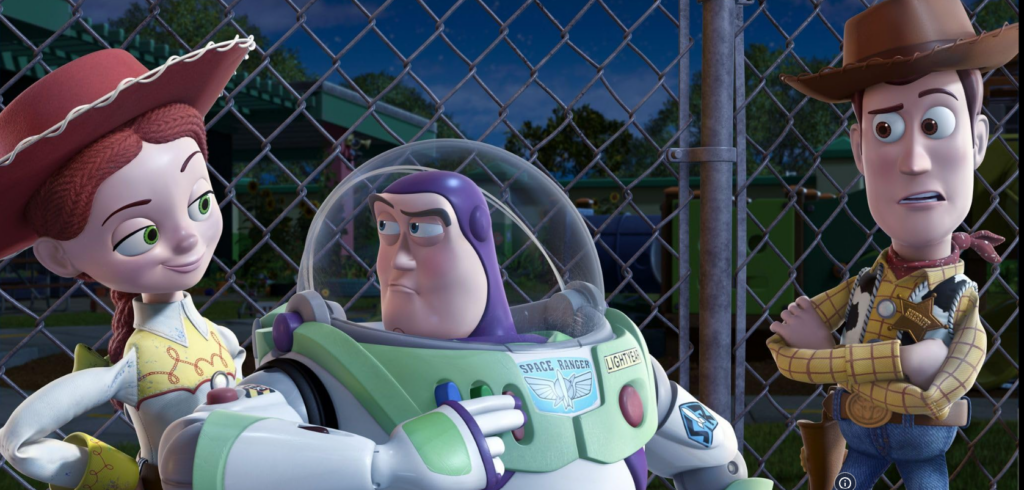
Pixar’s tradition of releasing short films alongside their features has been a platform for technical and storytelling experimentation, influencing the broader industry.
Virtual Reality in Animation
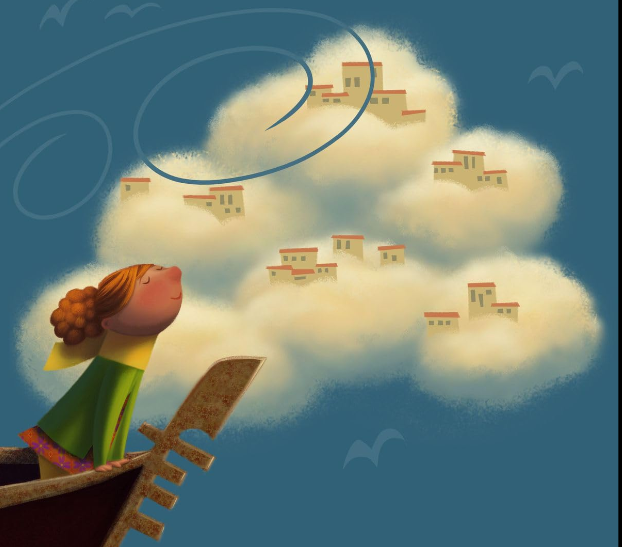
The advent of virtual reality technology has led to animated films like “Allumette” (2016), offering immersive experiences that challenge traditional storytelling methods.
Animation in Video Games
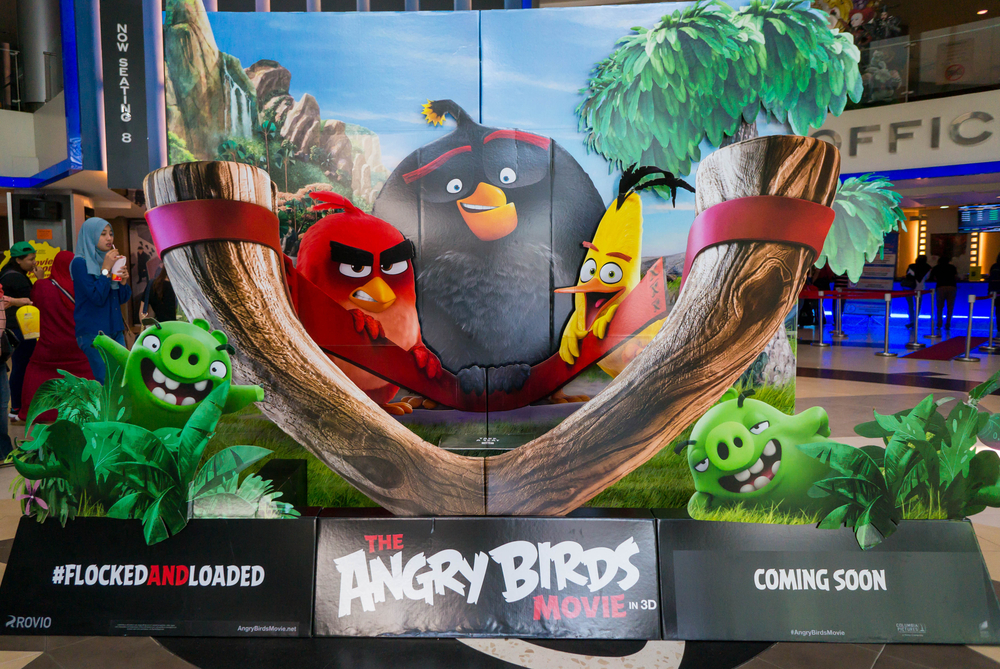
The convergence of animation and video gaming has led to visually stunning games with complex narratives and character development, blurring the lines between the two mediums.
Crowdsourced Animation Projects
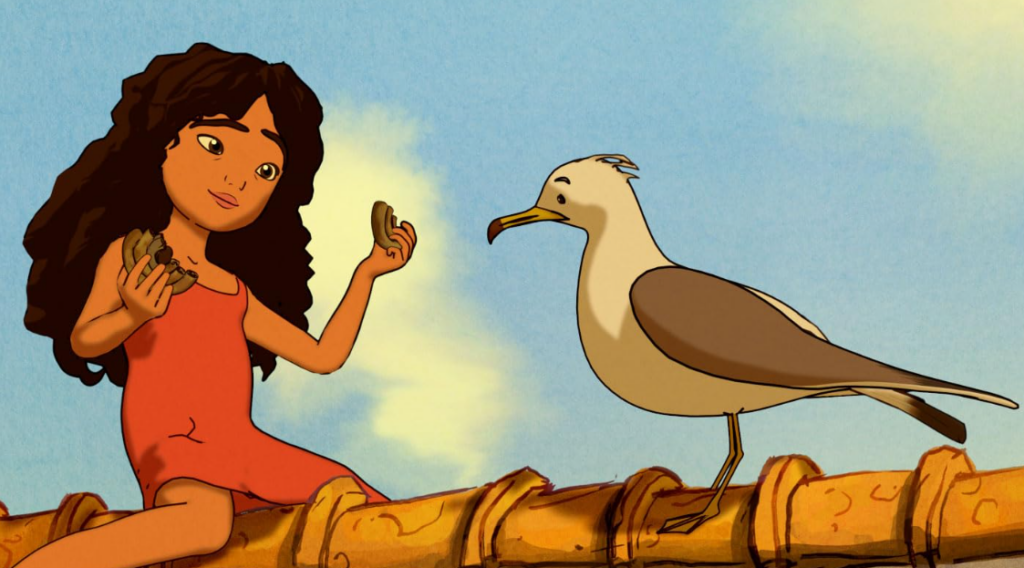
Films like “The Prophet” (2014) utilized crowdsourcing for animation, where multiple animators from around the world contributed to different segments, showcasing a collaborative approach to filmmaking.
3D Printing in Stop Motion
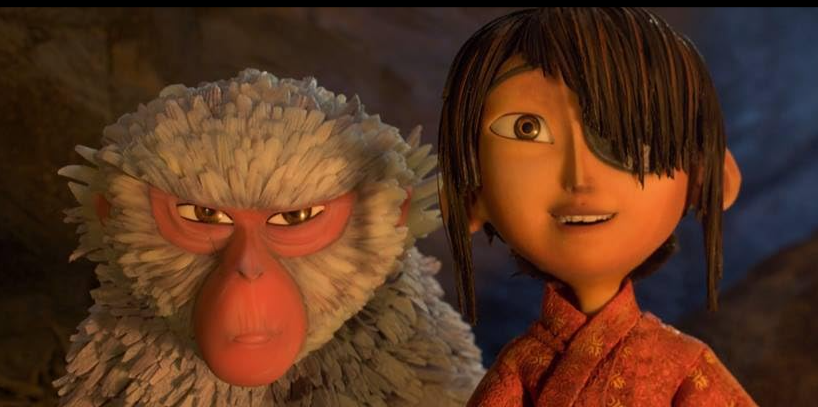
Films like “Kubo and the Two Strings” (2016) utilized 3D printing for creating the characters’ faces, significantly speeding up the stop motion animation process. This technique allowed for a vast range of expressions and detailed facial animations, enhancing the visual storytelling and character development.
High Frame Rate (HFR) Animation
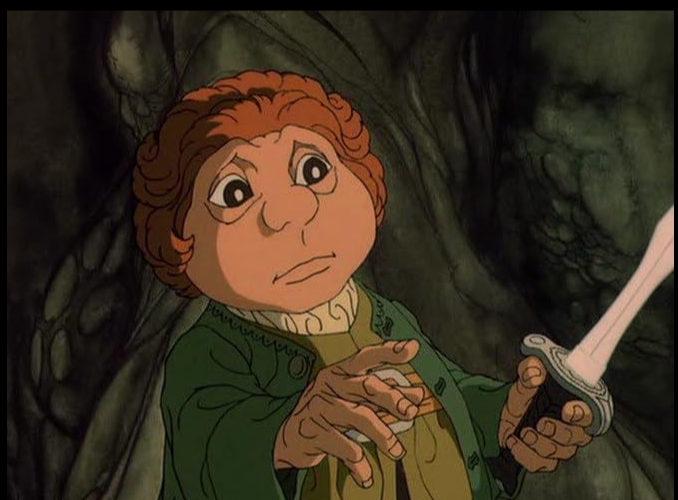
“The Hobbit” series experimented with HFR, shooting at 48 frames per second (fps) instead of the standard 24 fps, providing smoother motion and a more lifelike appearance. While not purely animated, the integration of high frame rate with CGI elements represented a significant technical advancement in cinematic visuals.
Autonomous Character Animation
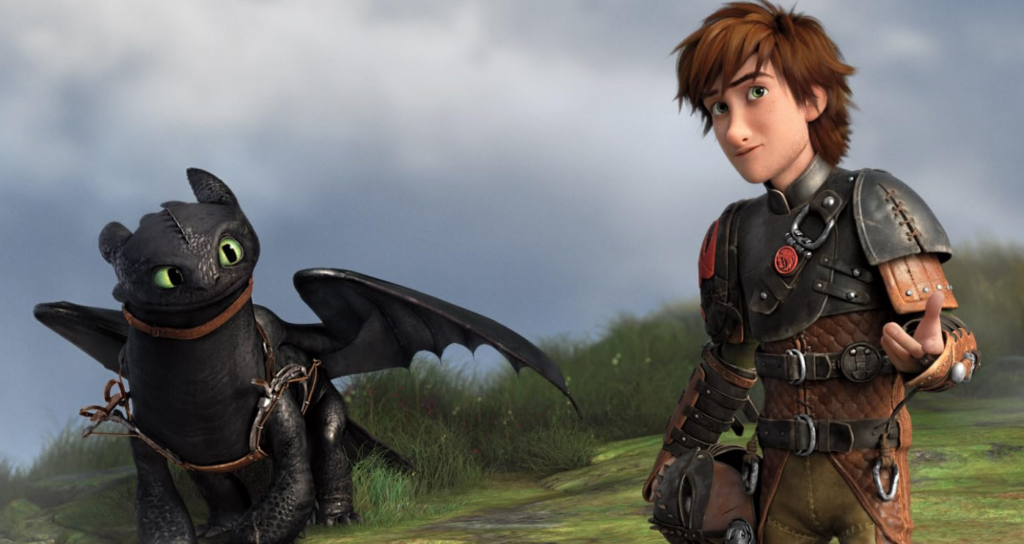
Advances in AI and machine learning have led to autonomous character animation, where characters can move and react in more lifelike ways without detailed input from animators. This innovation saves time and allows for more complex scenes and interactions in animated films.
Facial Motion Capture
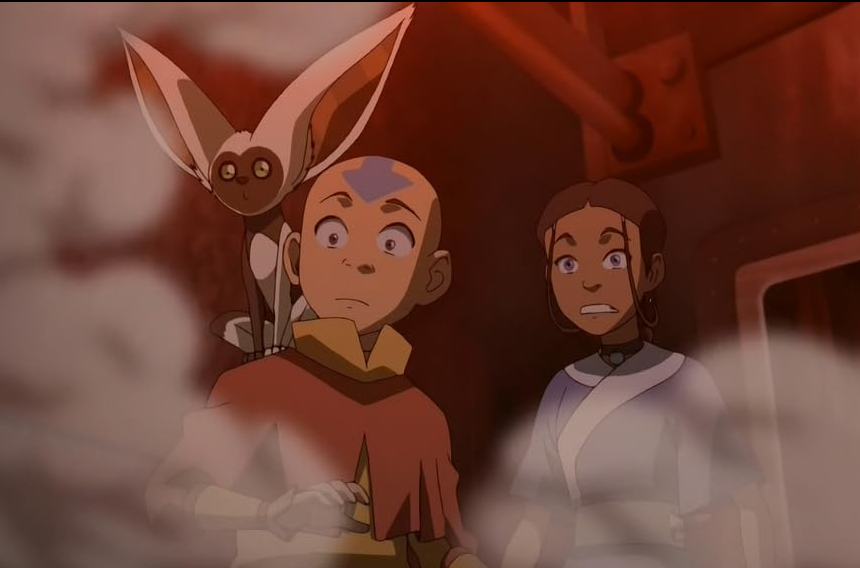
Movies like “Avatar” (2009) and “Planet of the Apes” series utilized advanced facial motion capture technology to translate actors’ performances into animated characters. This technology captures the subtle nuances of facial expressions, bridging the gap between animation and live-action performances, and creating more emotionally resonant and realistic characters.
Interactive Animation in Film
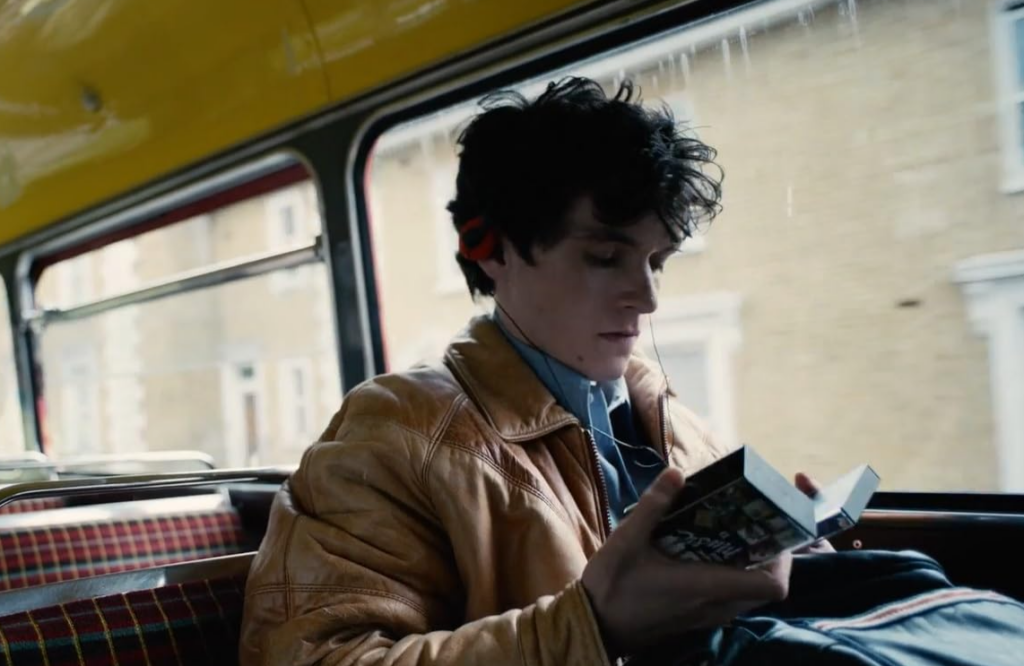
Recent developments have led to the inclusion of interactive animation in films, where viewers can influence the storyline through their choices. An example is “Black Mirror: Bandersnatch” (2018), a film that integrates choose-your-own-adventure style interactions, allowing the audience to decide the direction of the plot. This innovation represents a merging of traditional cinematic storytelling with interactive technology, offering a unique, personalized viewing experience.
This article originally appeared on UnifyCosmos.
More from UnifyCosmos
20 DIY Hair Masks for Hydrated and Nourished Locks

Say goodbye to expensive salon treatments and hello to healthy, glossy hair from the comfort of your home. Dive into our list of the best DIY hair masks to revitalize your tresses and achieve salon-quality results. Read more!
23 Surprising Health Benefits of Common Foods

In this article, we’ll explore some of the most surprising health benefits of common foods and how they can contribute to a healthier, happier life. Read more!
21 Mind-Expanding Apps for Personal Growth

Here, we explore some of the most mind-expanding apps that can aid in your quest for personal growth, helping you to become the best version of yourself. Read more!
Leave a Reply